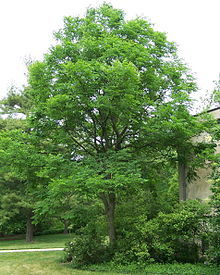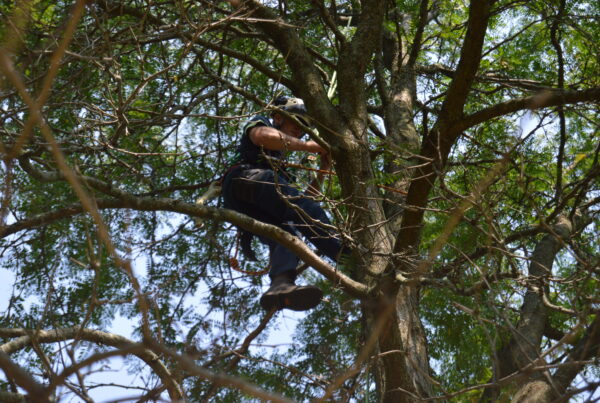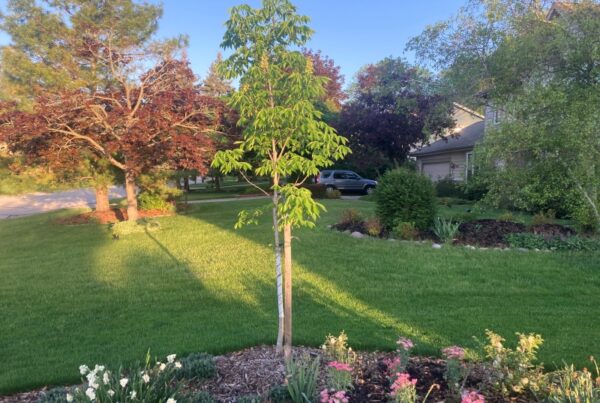Sometimes the only course of action is the planned removal and eventual replacement of a dying tree. If and when that time comes, consider these types of disease-resistant replacement trees:
The Kentucky Coffeetree
Gymnocladus dioicus
With a picturesque canopy in the summertime and its coarse textured branches making a bold statement during the winter months, the Kentucky coffeetree works quite well in southeast Wisconsin. It encounters few insect and disease problems and is highly tolerant to urban environments.
The coffeetree reaches 60-80 feet tall and is best suited for planting in wide-open spaces in order to accommodate its majestic size and beauty at full maturity.
Swamp White Oak
Quercus bicolor
This is an excellent type of oak for the urban landscape. The leaves are two-tone in appearance and the peeling bark is an interesting feature. An excellent shade tree in the summer, fall turns the oak leaves orange-gold to yellow.
One of the easiest oak trees to transplant, the swamp white oak is tolerant of poor soil drainage and compacted soil. The broad rounded crown will reach 50-60 feet in height and grows just as wide.
Miyabe Maple
Acer miyabei
More densely branched than most maples, the Miyabe maple makes for a great shade tree. The oval-rounded symmetrical shape fits in well with most landscapes. With multiple seasons of interest, the tree’s rough bark and leaf structure are attractive characteristics.
Growing to a height of 30-40 feet, the Miyabe maple is a good selection for smaller landscaped spaces in need of a medium-sized tree, and it is tolerant of urban conditions.




